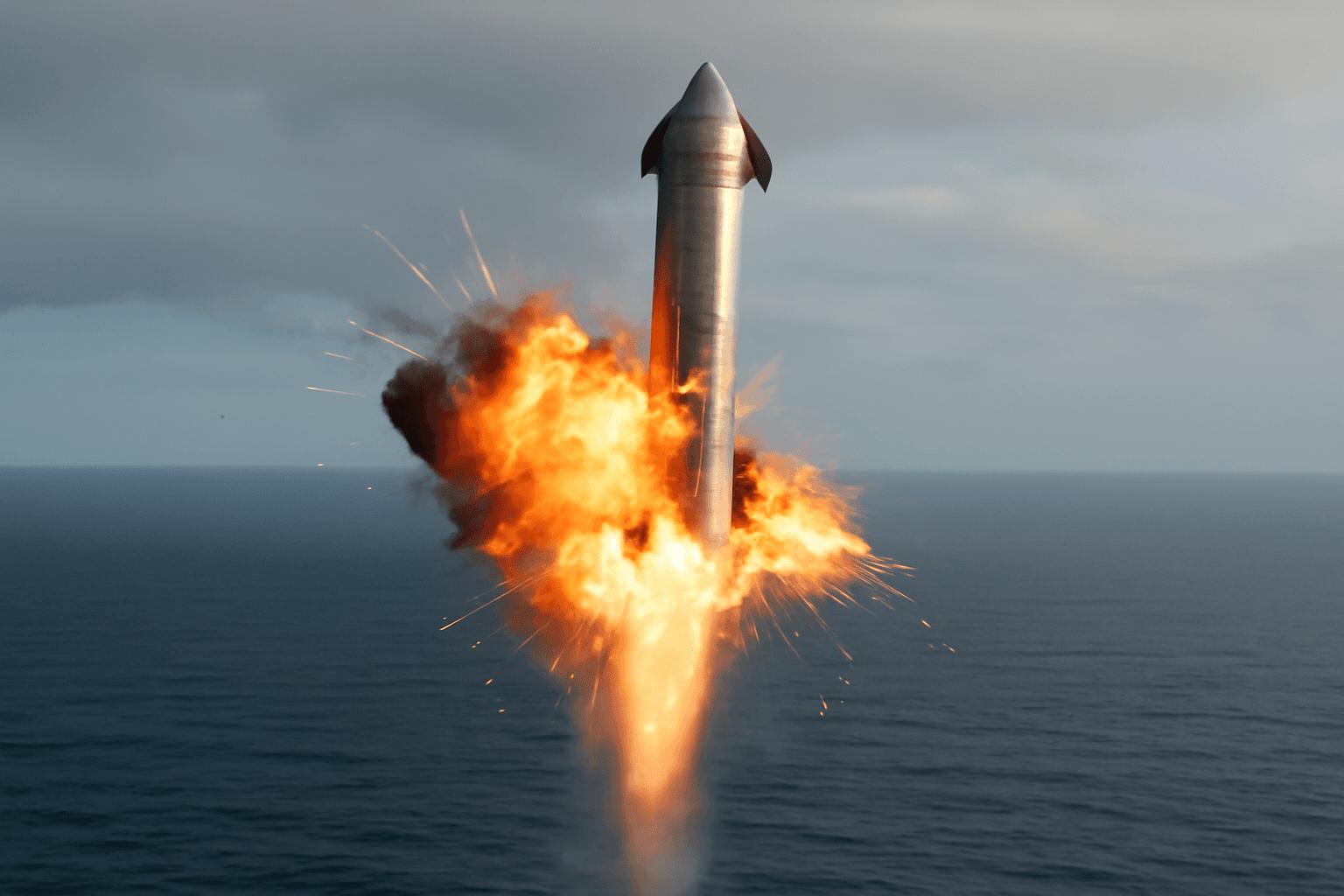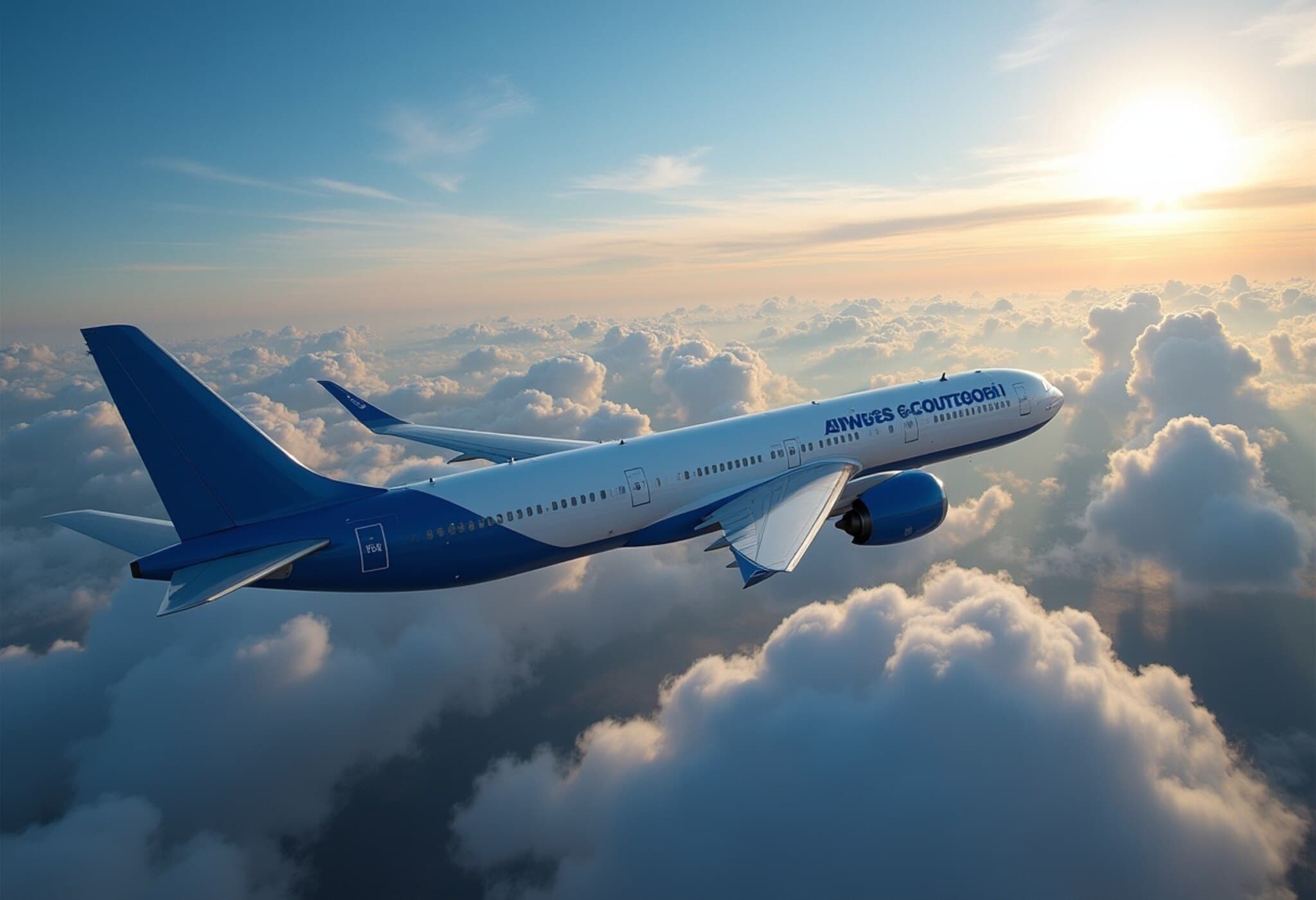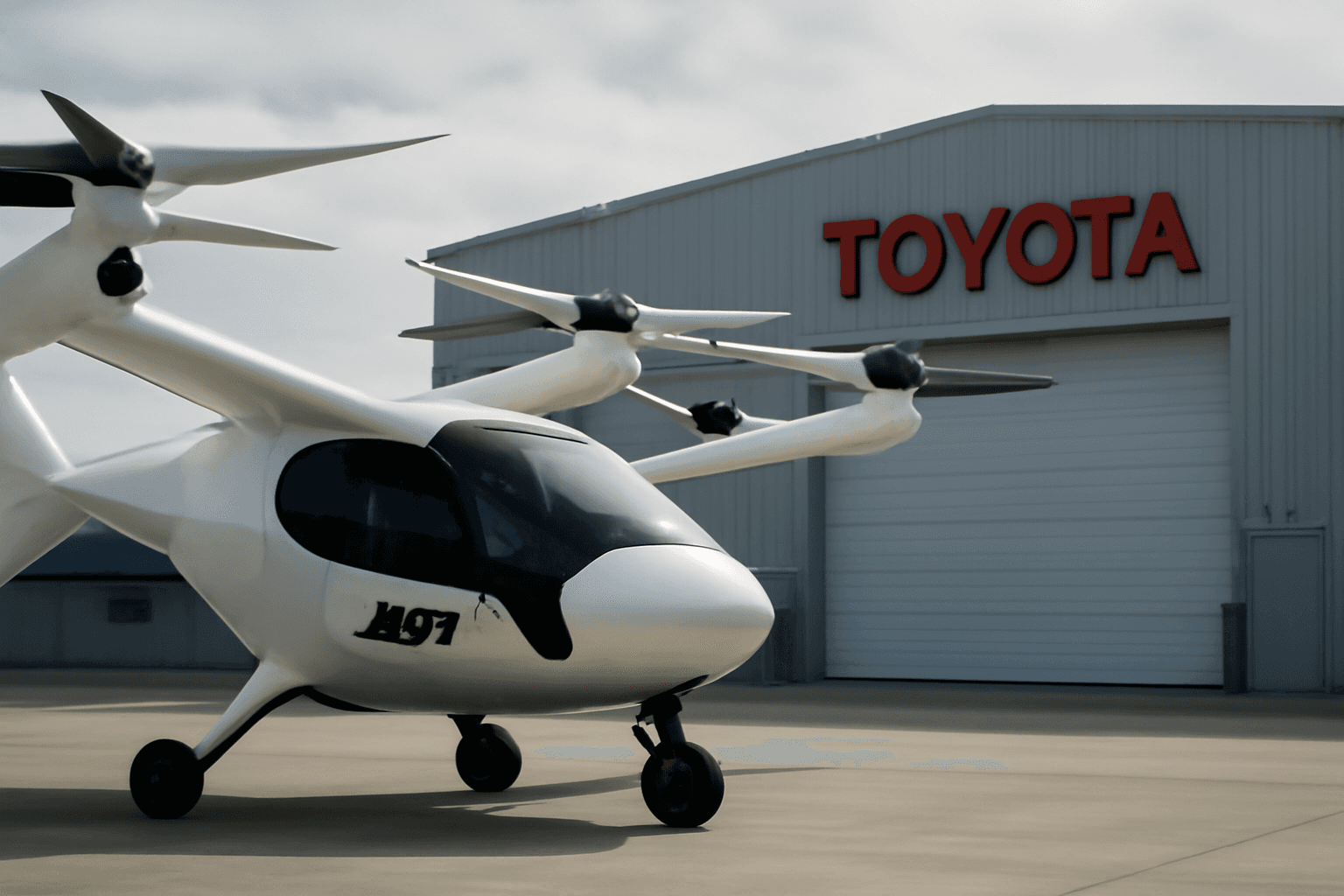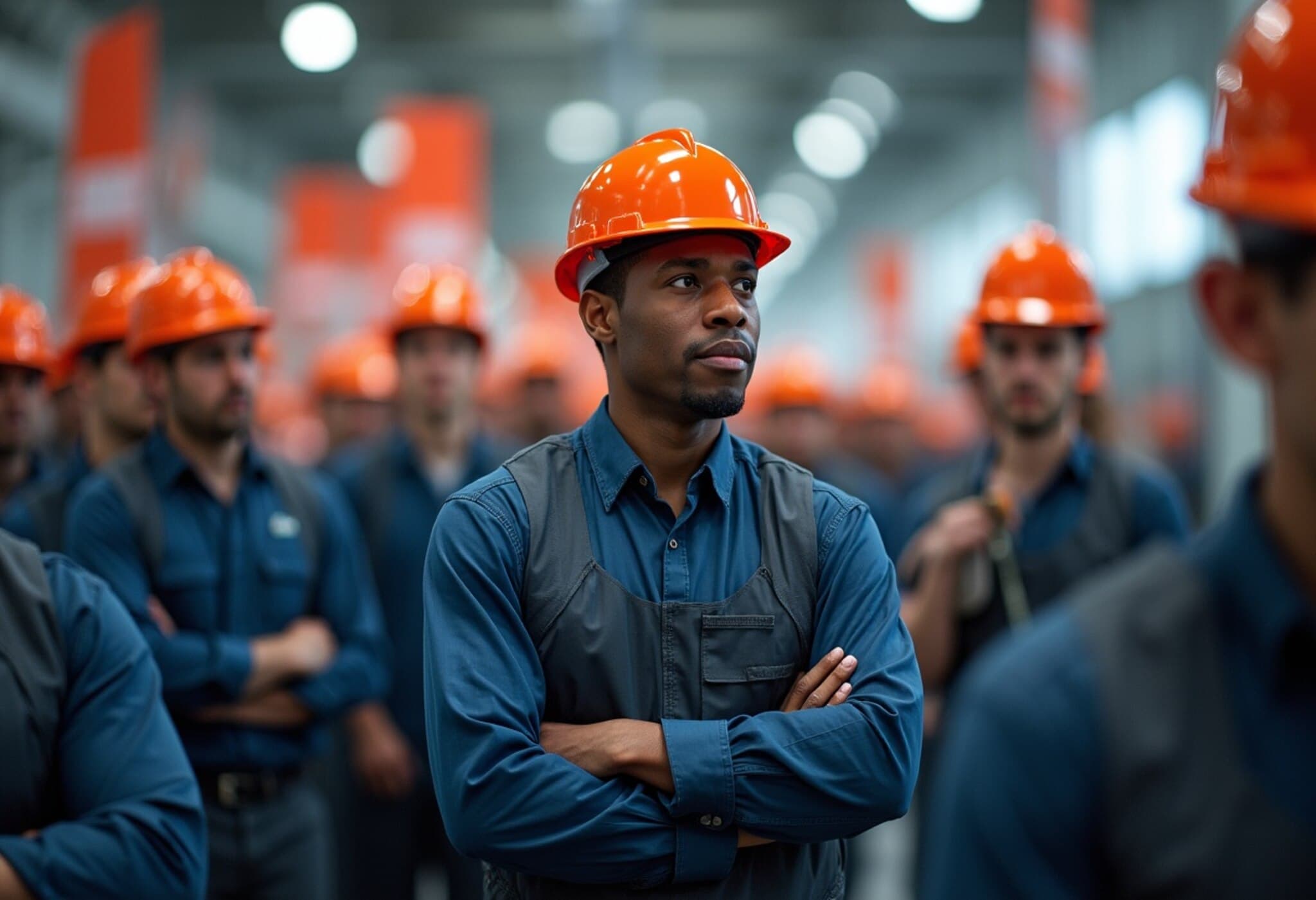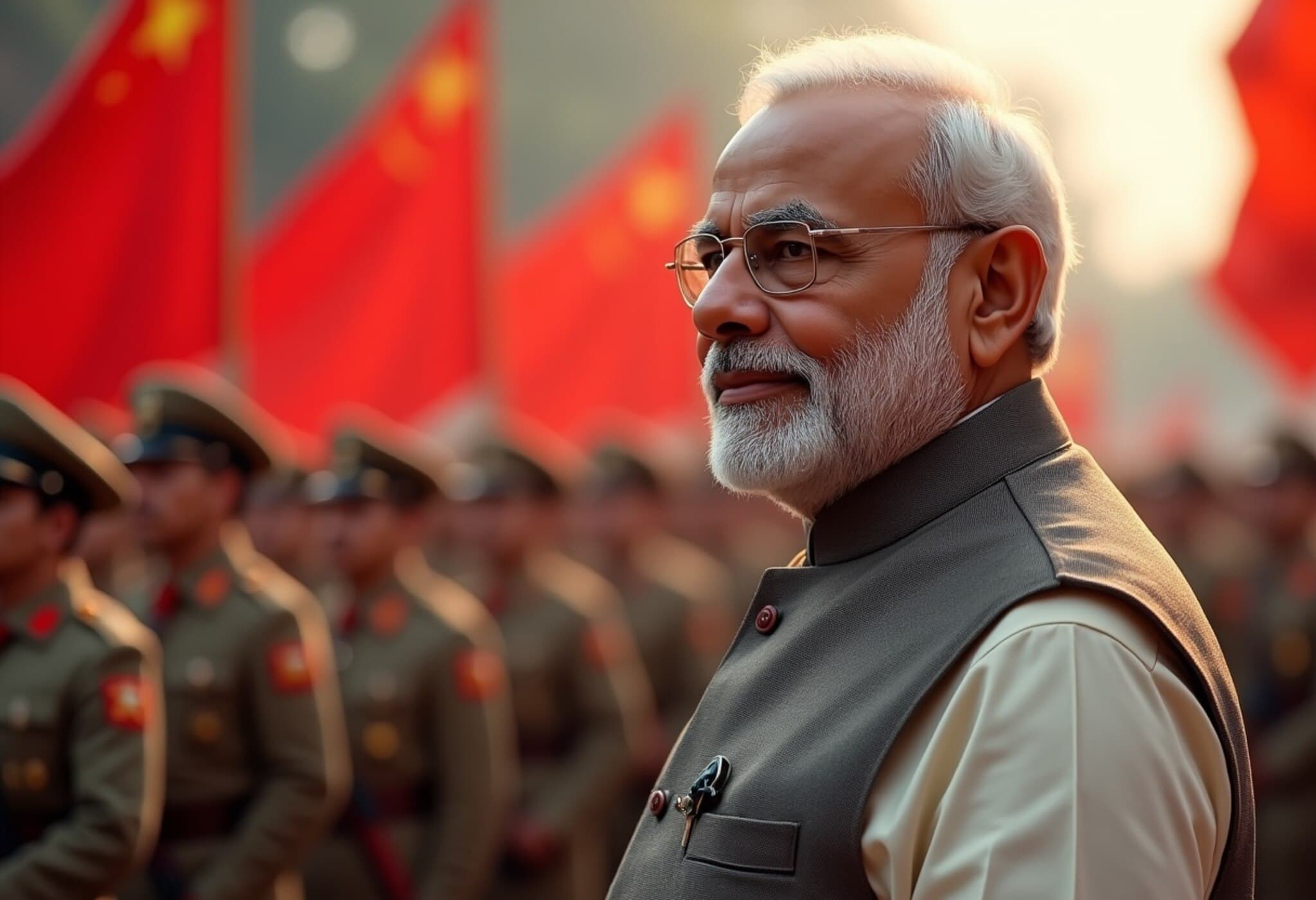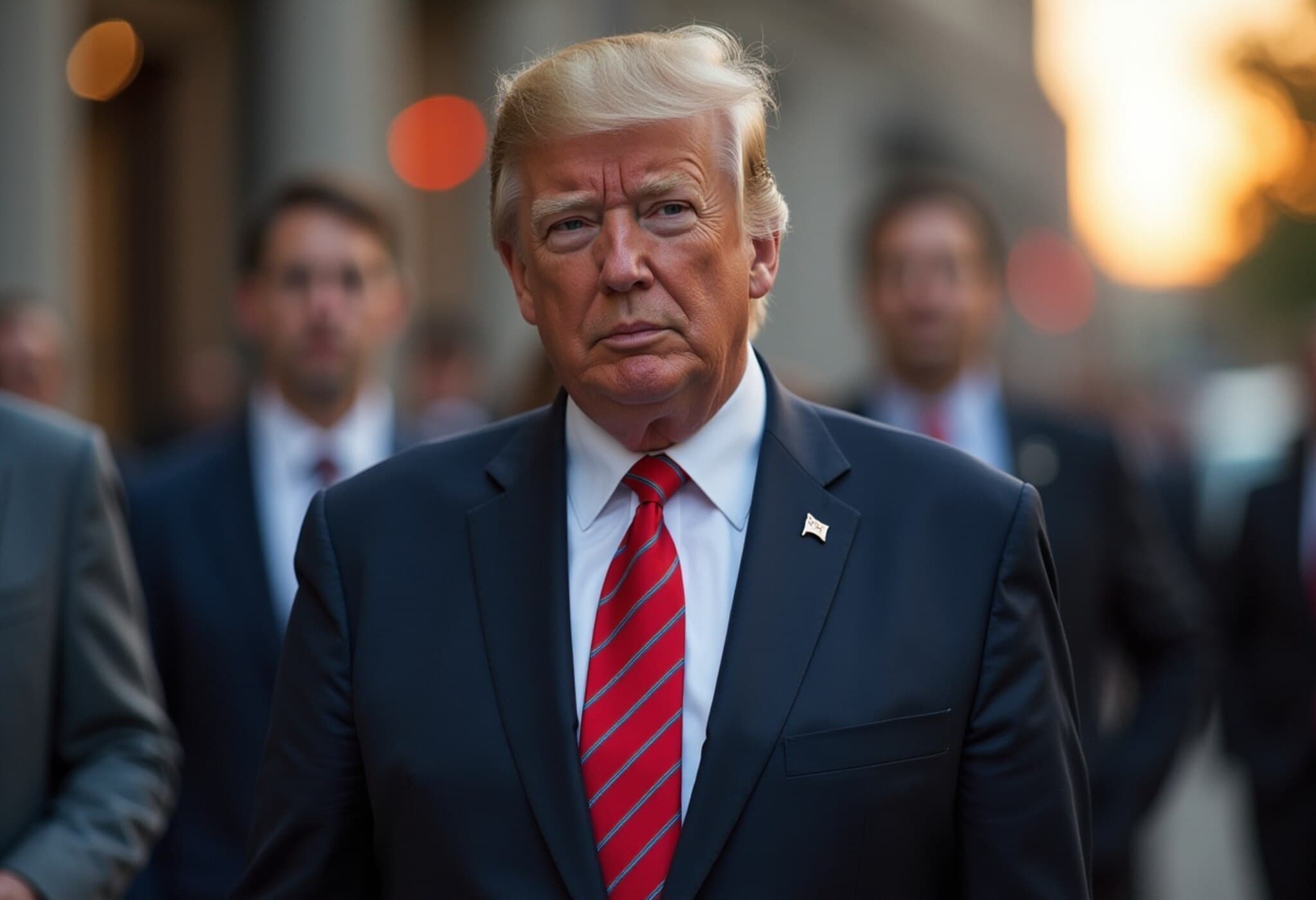Boeing Hit by New Worker Strike Amid Years of Crises
In the early hours of Monday, over 3,000 Boeing workers walked off the job, launching a significant strike that has disrupted operations across three critical US manufacturing plants responsible for constructing fighter jets. This labor action, spearheaded by the International Association of Machinists and Aerospace Workers, marks the second major strike in less than a year, signaling deep-rooted challenges within the aerospace giant.
A Legacy Tarnished: Boeing’s Safety Struggles and Corporate Upheaval
Once hailed as an American industrial icon, Boeing's trajectory in the past decade has been marred by a series of setbacks that have significantly dented its reputation. The company's distress began with the grounding of its flagship 787 Dreamliner after battery fires raised urgent safety concerns worldwide.
More devastating, however, were the two fatal crashes involving the 737 Max in 2018 and 2019—tragedies that collectively claimed 346 lives. These accidents exposed a flawed Maneuvering Characteristics Augmentation System (MCAS), compounded by insufficient pilot training and a corporate culture accused of downplaying safety risks during regulatory reviews.
The aftermath saw Boeing's leadership shaken to its core, with the ousting of its then-CEO amid increasing federal scrutiny and legal action that accused the company of fraudulent misrepresentation regarding aircraft safety.
Legal Setbacks and Leadership Overhaul
Boeing’s challenges deepened with a series of legal entanglements culminating in a multi-billion-dollar settlement with US authorities, including a guilty plea to conspiracy charges—a rare and serious federal indictment. These developments were accompanied by leadership changes designed to pivot the company back towards a safety-first ethos, with Kelly Ortberg, an engineer and industry veteran, appointed CEO to spearhead this transformation.
Recurring Incidents Undermine Recovery Efforts
Despite these efforts, Boeing’s path to recovery has remained rocky. In early 2024, a mid-flight panel detachment incident on a Boeing 737 Max 9 reignited anxieties about manufacturing quality. Shortly after, a Boeing 787 Dreamliner experienced an abrupt altitude drop between Australia and New Zealand, injuring passengers and prompting urgent inspections of cockpit equipment.
Labour Unrest Amplifies Internal Struggles
The strike this week echoes previous labor disputes that have punctuated Boeing’s troubled recent history. The strike last September, involving tens of thousands of employees, was the first in 16 years and forced a halt in production, highlighting the strained relationship between the company and its workforce.
Factors fueling these labor challenges include concerns over workplace safety, fair wages, and job security amid ongoing operational uncertainties.
Broader Implications: What This Means for Boeing and American Aerospace
Boeing’s struggles extend beyond corporate boardrooms and factory floors—they underscore broader challenges in American manufacturing competitiveness and aerospace industry resilience. The company’s labor disputes and safety record provoke critical questions about supply chain management, regulatory oversight effectiveness, and domestic industrial policy in a geopolitically competitive landscape.
- Restoring Trust: Boeing must convincingly demonstrate its commitment to safety and quality to regain the confidence of regulators, airlines, and passengers worldwide.
- Labor Relations: The company faces pressure to forge more sustainable partnerships with its skilled workforce to prevent operational disruptions and talent drain.
- Policy and Oversight: There is an opportunity for policymakers to reassess aerospace regulatory frameworks and labor protections to support both innovation and worker welfare.
Looking Ahead
As Boeing navigates these intersecting challenges—renewed labor unrest, safety scrutiny, and leadership change—the question remains: can this emblem of American aerospace reclaim its former stature? While the road to recovery promises to be long and complex, recent developments serve as a pivotal moment that calls for transparent leadership and concerted efforts from all stakeholders.
Editor's Note
This latest strike at Boeing is more than a labor dispute; it is a stark indicator of unresolved systemic issues within one of the world’s foremost aerospace companies. Stakeholders, from government regulators to workers on the shop floor, must consider how Boeing’s story reflects wider challenges in maintaining industrial excellence amid evolving technological demands and workforce expectations. For readers and industry watchers alike, the unfolding developments at Boeing offer a compelling case study in crisis management, corporate accountability, and the critical balance between innovation and safety.



